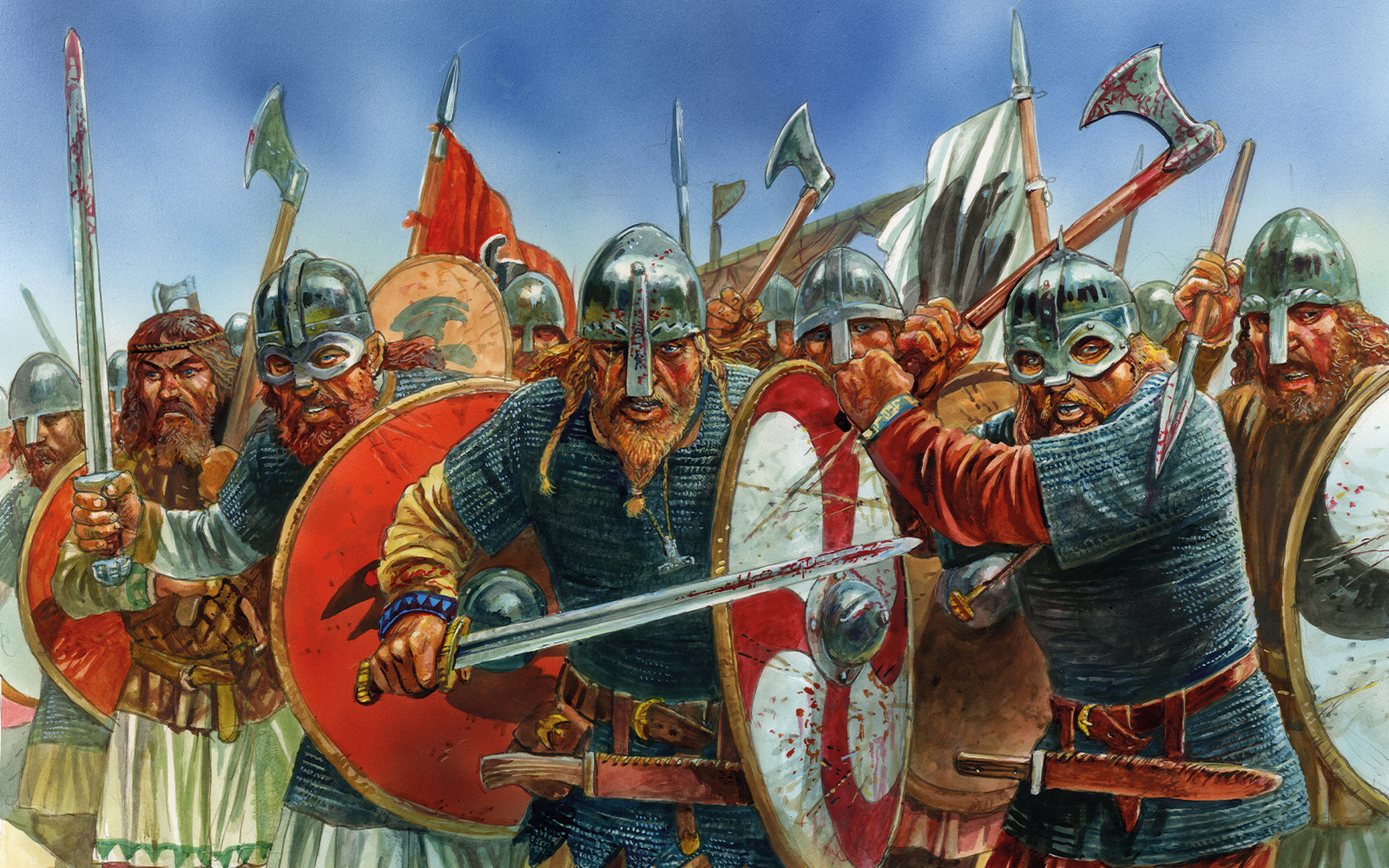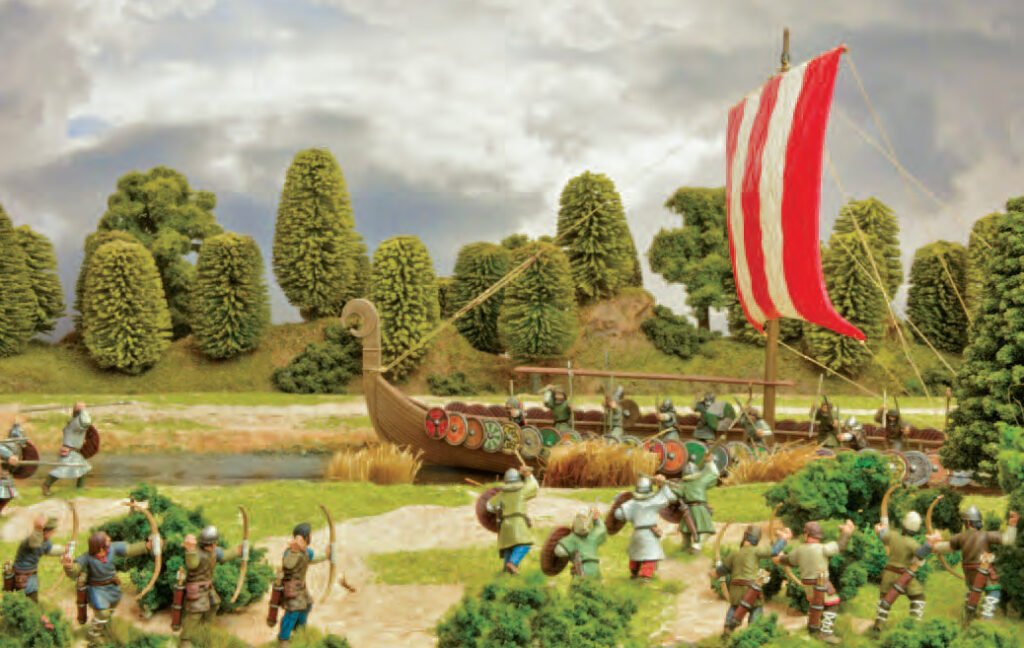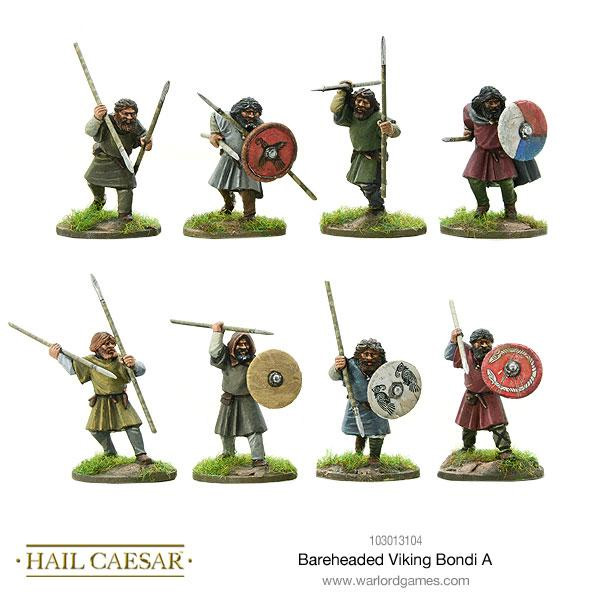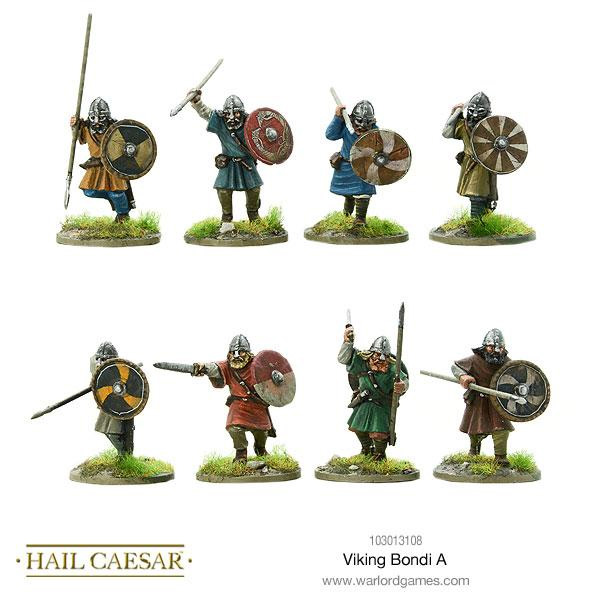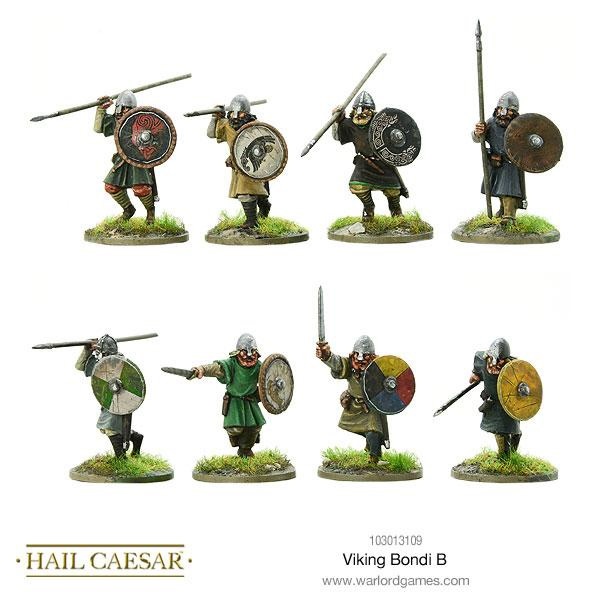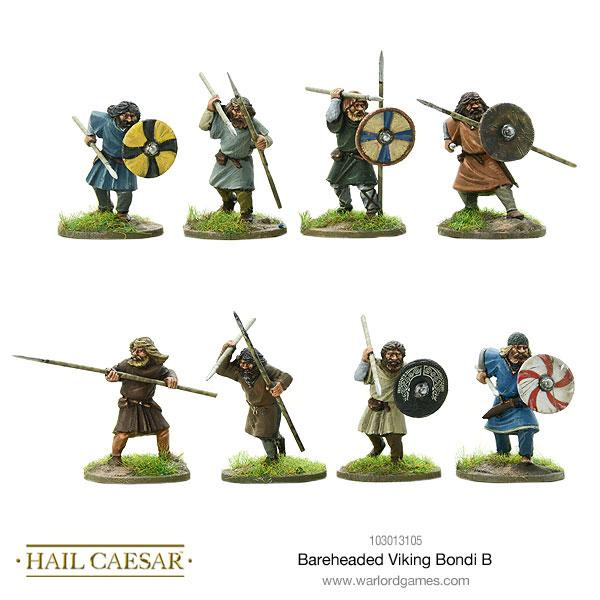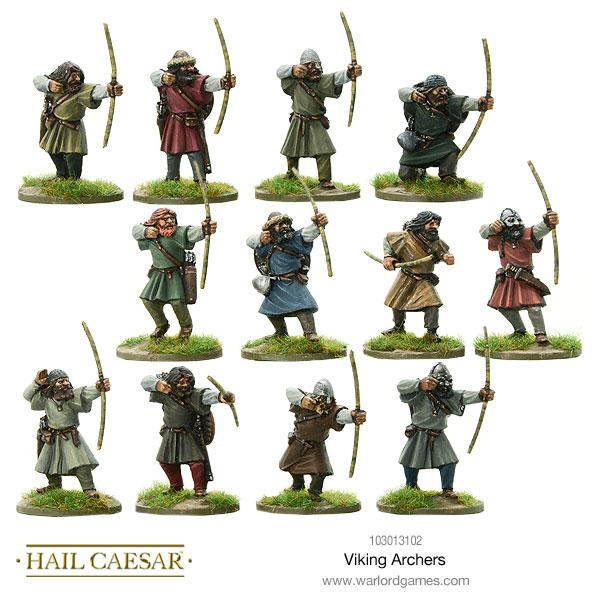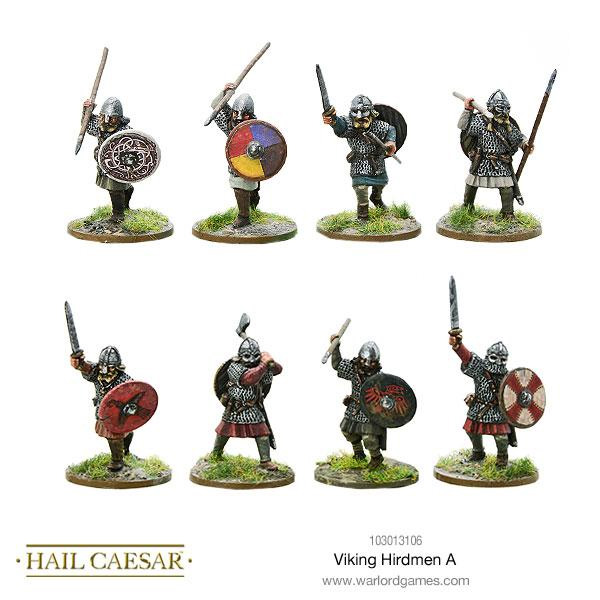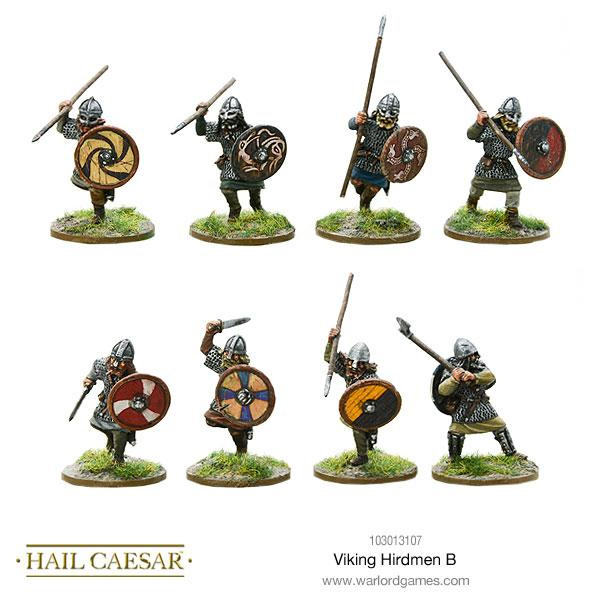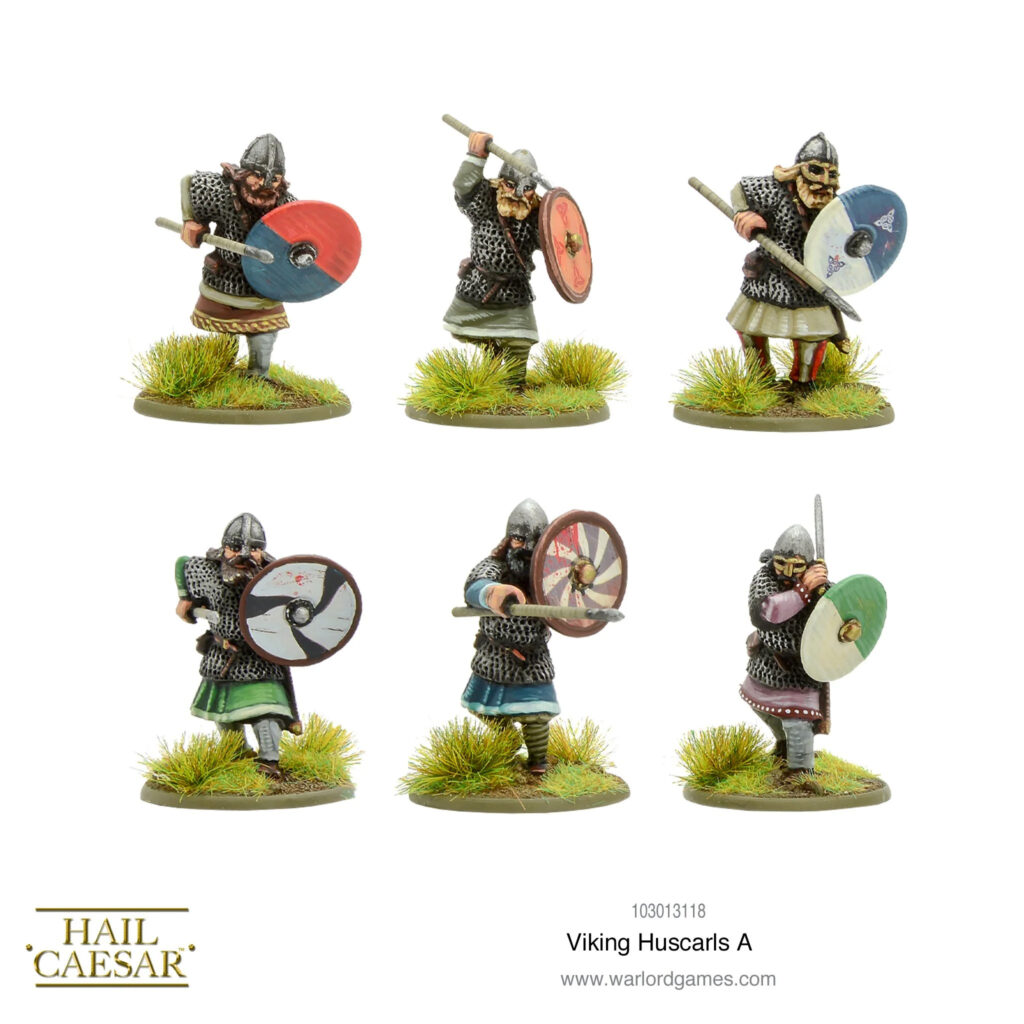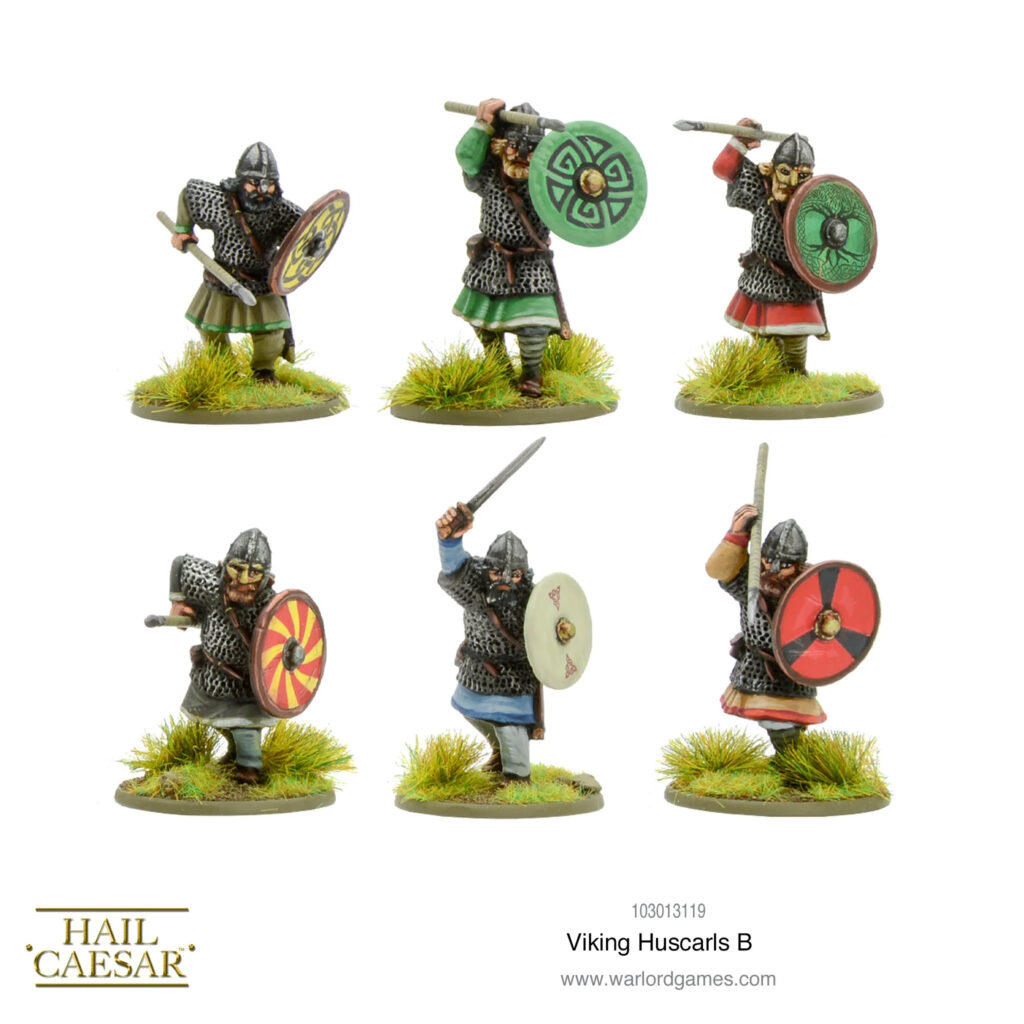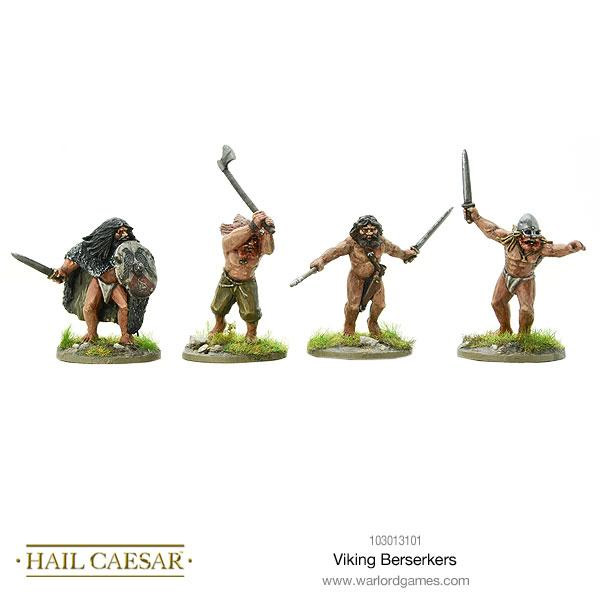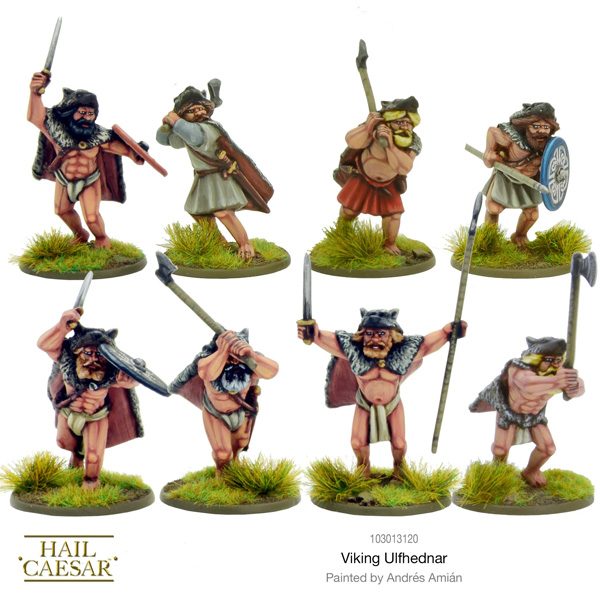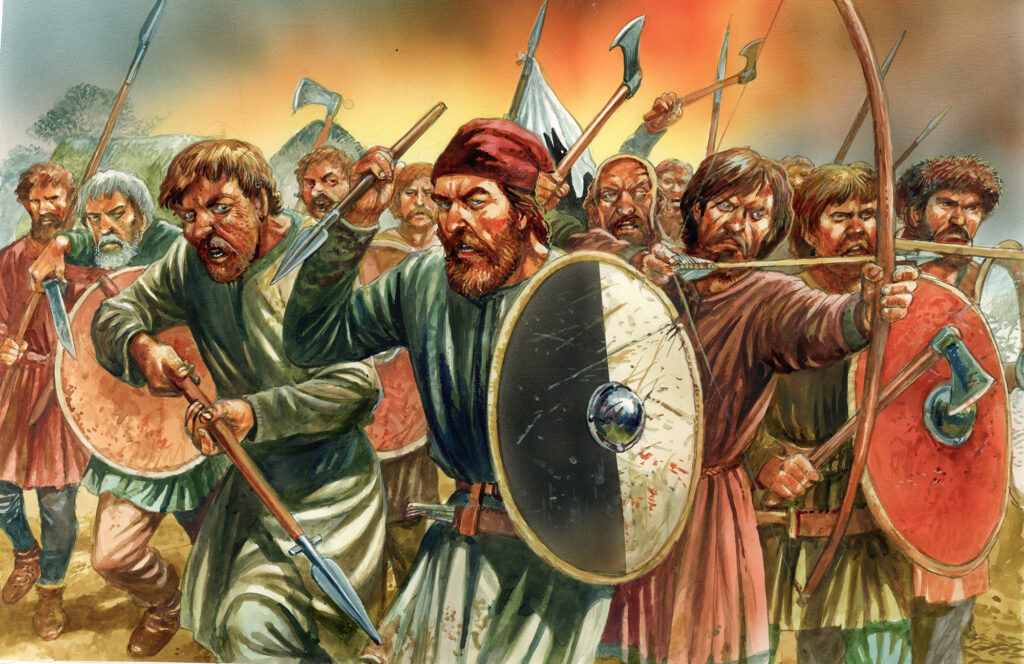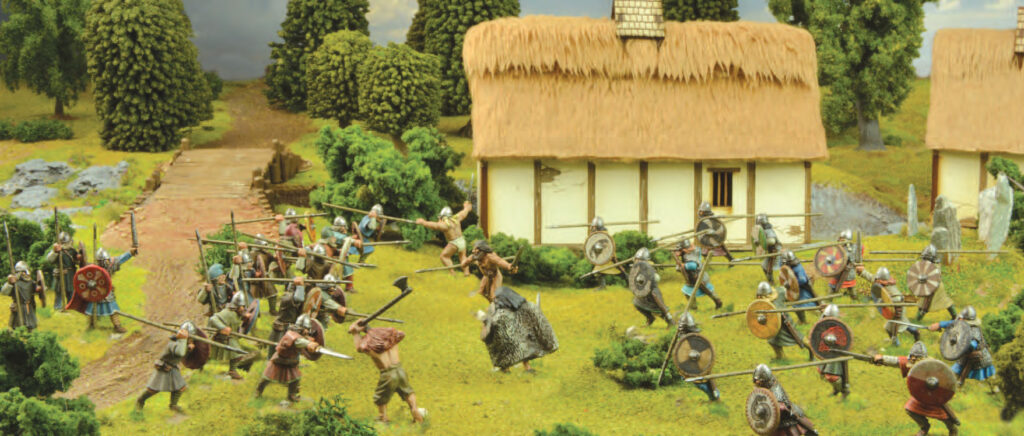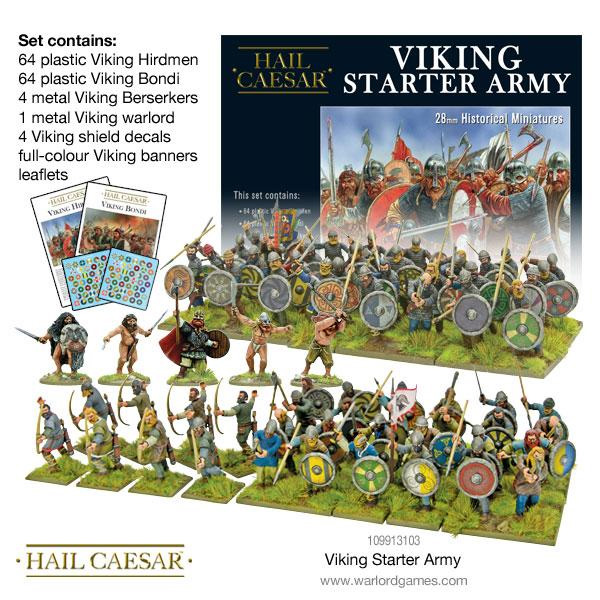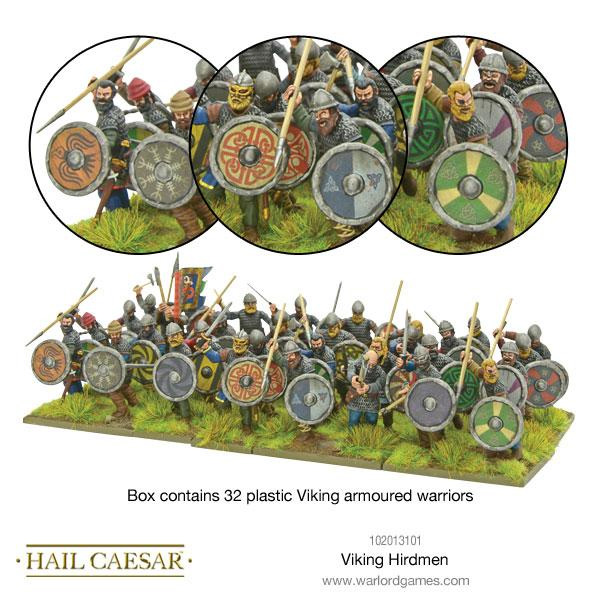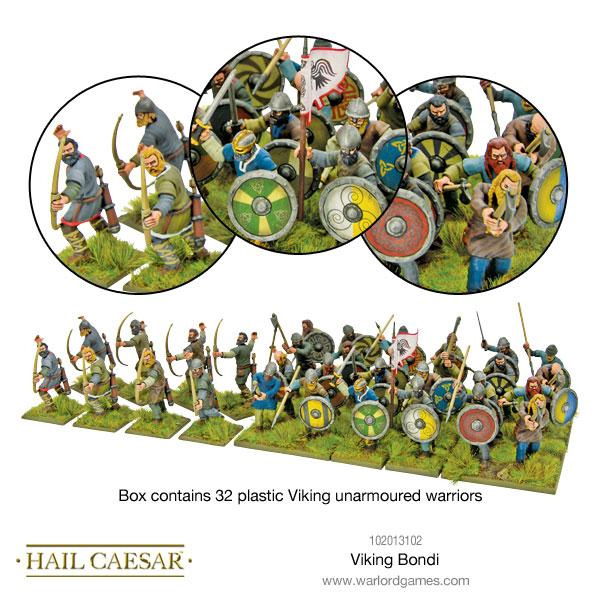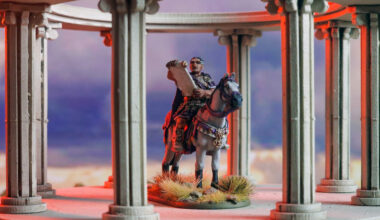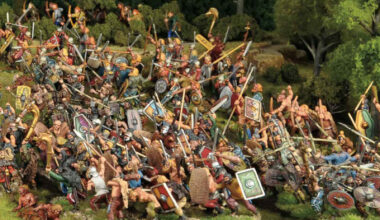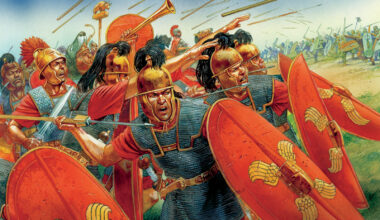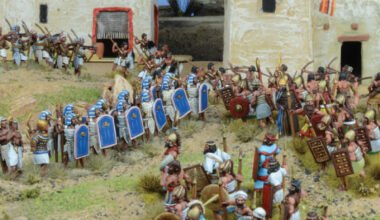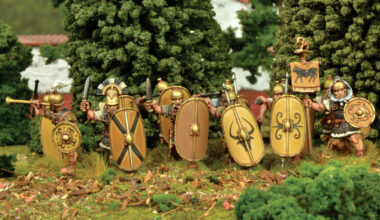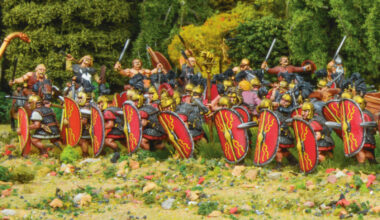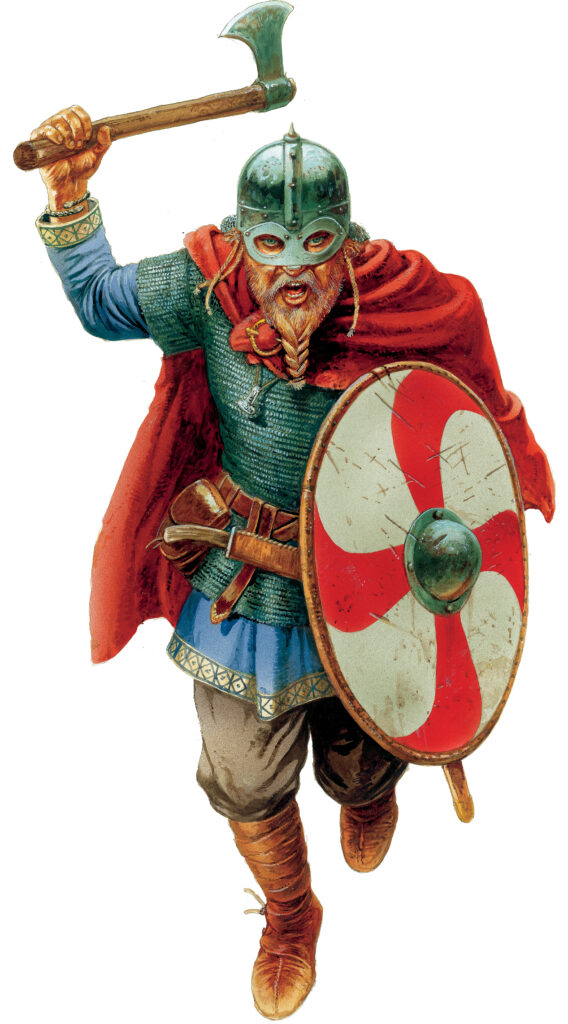
In June 789 AD, three boats hailing from Hordaland (now Norway) arrived on the south coast of Wessex at Weymouth Bay in Anglo-Saxon England. Supposing that these were ordinary traders, the royal shire-reeve (sheriff) from Dorchester arrived to discern the identity of these foreigners and collect Royal customs that were due. For his troubles, he was promptly murdered. These were no mere traders – but Vikings! The first recorded raid proper by Vikings, on Lindisfarne (off the coast of Northumberland), a particularly important site for Christendom, sent tremors through England, such was its terrible violence, and marked the beginning of the Viking Age.
Despite this inauspicious introduction to the peoples of England, the Vikings remain a point of fascination in history, with a particular recent resurgence in popular culture through movies, TV shows and even music. Perhaps this is because, underneath their reputation as bloodthirsty raiders and pillagers, lies a warrior culture of honour and discipline – a far cry from the mundanity of today, and thus a prime avenue for escapism. Luckily for us wargamers, they are just as fascinating to field in games of Hail Caesar.
Viking Warriors
The core of Norse society was that of bóndi, which could be considered by modern standards to be a widespread-middle class. These were free men (craftsmen, farmers, traders, etc) required to own weapons and permitted to carry them at any time. Most were likely to fight with a spear and shield and carry a seax (a type of small sword or knife) as a sidearm, but would occasionally also wield bows. Such weapons tended to be reserved for encounters at sea or the early stages of land battles, being considered less honourable than a melee weapon at close quarters. Such men would go into battle without much in the way of armour.
The mainstay of a Viking army or raiding party were the hirdmen, the soldiers of a Viking lord’s house (hird). These were fiercely loyal and handsomely equipped with the best weapons available and clad in chainmail and helmets. Viking weaponry was varied, with heavy use of axes and spears. One weapon favoured by hirdmen was the fearsome Dane axe, a two-handed battle axe capable of dealing incredible damage to even heavily armoured foes.
The most favoured and elite warriors of a Viking war party were venerable warriors serving as a retinue for the King or Chieftain – the huscarls, supremely loyal to their charge and willing to sacrifice all in battle. These celebrated warriors were sometimes appointed their station via close personal friendship with their lord.
It is written in the great poems and sagas of sects of warriors that worked themselves into a blood-crazed battle frenzy, taking on the aspect of a sacred animal. The Berserkr devoted themselves to the bear, whilst their close cousins the Ulfhednar (sometimes known as the favoured of the Norse god Odin) took on the aspect of the wolf. These warriors sought to replicate their respective aspects’ wild nature on the battlefield, often donning pelts or going into battle bare-skinned to better inhabit such spirits. Quite how they achieved their frenzy isn’t known – alcohol, hallucinogens or self-induced hysteria have all been postulated as possible sources.
Gaming with Vikings
The Viking Age (AD 793 – AD 1066) is a fascinating period to wargame, packed with a wide array of bloody battles from small raids through to significant battles such as the Great Heathen Army’s defeat by Alfred the Great at the Battle of Edington (AD 878). Viking miniatures themselves are a joy for the hobbyist, with colourful kite shields, billowing banners and a healthy mix of armoured and unarmoured (and even bare-skinned) troops providing a nice variety of painting challenges.
A pure Viking force in Hail Caesar is composed entirely of infantry with at least half of your troops being hirdmen, handily these are rock-solid, more than capable of standing up to most foes your opponent might throw in their way. Bóndi are more than suitable to bulk out your force, and can bring some ranged ability, though a ‘proper’ Viking player should maintain their honour and not take too many bows.
An absolute must-include in any Viking army is a Royal Bodyguard Huscarl heavy infantry unit, With the Tough Fighters, Stubborn, Elite and Valiant special rules and a solid stat line, boasting both Sustain and Clash values of 8.
What marks a Viking army from its Dark Ages contemporaries is its ability to call upon Berserkers, not only is this an excuse to paint and field some of these undeniably cool miniatures (a mix of Berserkr and Ulfhednar is ideal for that spice named variety), they lend any unit joined by one a potent three extra attacks in their first hand-to-hand combat, provided that unit initiated that combat by charging. For a measly point, this is more than a fair restriction. Who ever heard of a berserker playing defence?
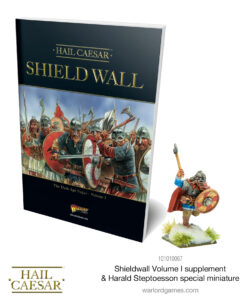
Additionally, Viking armies in possession of a fortification are far more organized than their opponents. The Outflankers special rule allows one of their divisions to start in reserve and arrive from either side table edge later in the game.
Fielding a Viking army can be very rewarding, but you must play to their strengths. With an all-infantry force, it’s important that you not overextend your reach and exercise patience so that hand-to-hand encounters are on your terms. You want to make the most of your berserkers!
Full rules for fielding a Viking army can be found in the Hail Caesar supplement Shield Wall alongside a brief history of the Viking Age and scenarios for some of the more significant battles of the period.
Start Your Collection
The ideal starting point of a collection is the Viking Starter Army, containing 64 hirdmen and 64 bóndi, all in plastic, forming a solid core force from which to expand. It also contains four metal berserkers and an exclusive metal Viking Warlord found only within this boxed set.
Supplement this starting force with additional plastic infantry, or add variety to your units by including any of the splendid metal miniatures showcased throughout this article!
“Never walk away from home ahead of your axe and sword. You can’t feel a battle in your bones or foresee a fight.”
From Hávamál – found in the Codex Regius, a collection of Old Norse poems from the Viking Age.
